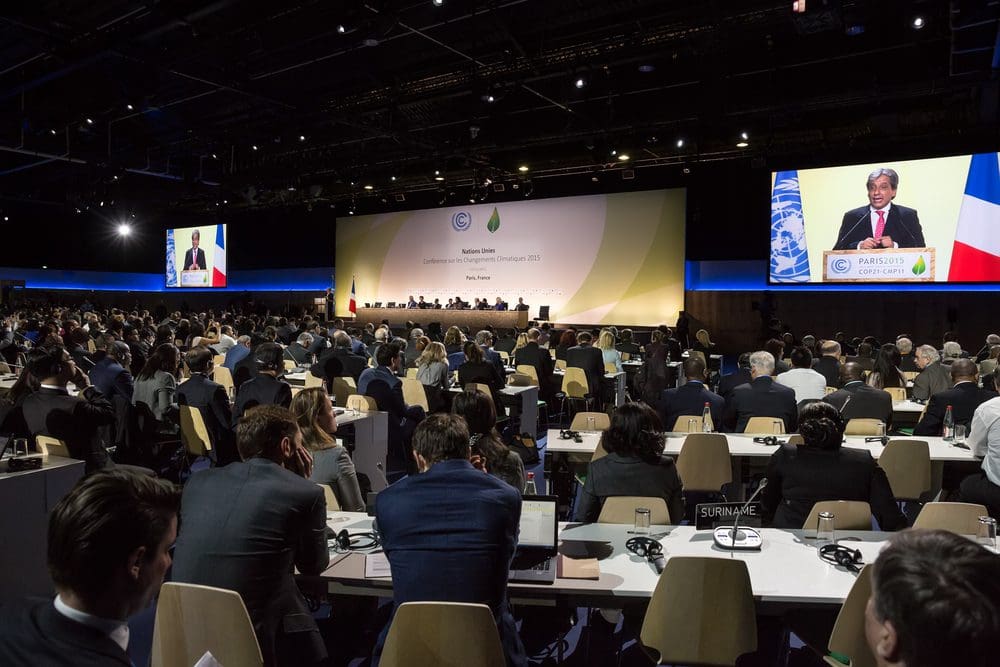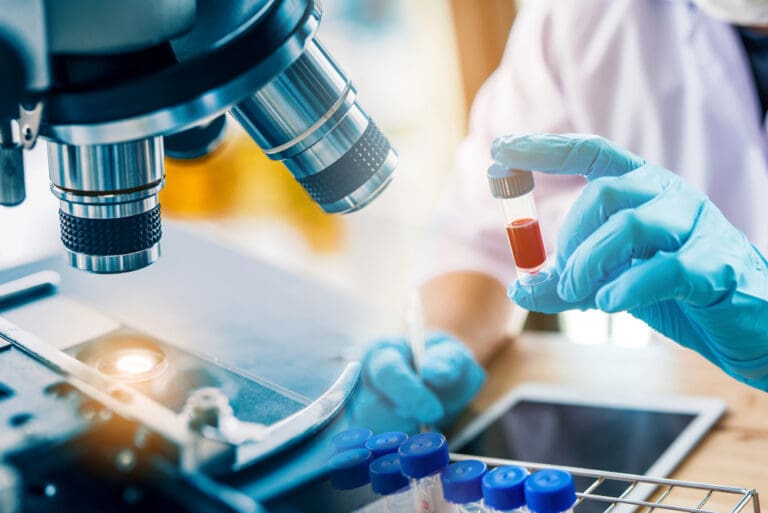Harnessing the power of the wind, sun, and tide to create energy is well-established. But what about fog collection to harvest fresh water?
The concept of fog water collection is certainly not new. It is thought harvesting water through weather conditions dates back to early civilisations. But the strain on the world’s water supply is seeing a fresh focus on methods to obtain safe-to-drink stocks. Especially in remote areas.
The Process of Fog Harvesting
Fog harvesting, or fog collection, is relatively simple.
A large surface area wire mesh is constructed in areas where wind will drive the fog. As it passes through the fog net, droplets of water form on the mesh and then drip into a gutter and onto storage tanks.
The result? Water which can be used to sustain crops and communities, especially in desert areas affected by water scarcity.
According to a United Nations World Water Development report, published earlier this year, around two billion people around the world affected by the water crisis do not have access to clean and safe drinking water, and approximately 3.6 billion people – 46% of the world’s population – lack adequate sanitation services.
The Potential of Fog Harvesting
According to the UN Climate Technology Center, the potential for fog harvesting is huge. It explains:
“Atmospheric water is generally clean, does not contain harmful micro-organisms and is immediately suitable for irrigation purposes. In a number of cases, water collected with fog harvesting technology has been shown to meet World Health Organisation standards.
“The environmental impact of installing and maintaining the technology is minimal.
“Once the component parts and technical supervision have been secured, construction of fog harvesting technology is relatively straightforward and can be undertaken on site. The construction process is not labour intensive, only basic skills are required and once installed, the system does not require any energy for operation.”
It points to harvesting being particularly suitable for mountainous or coastal areas where communities live in remote conditions.
It is, of course, not without its hurdles. Fog can be hard to predict and cannot always be relied upon water collection source; hence the reason it cannot be rolled out everywhere.
However, it is part of the overall rainwater harvesting market which is steadily growing.
According to a recent report from the IMARC Group, the global rainwater harvesting market size reached $1.4 billion in 2022. It predicts it to grow to just under $1.9 billion by 2028 – a CAGR of 4.17%.
The report added: “With the continuous increase in the global population, a rise in the demand for clean and potable water has been experienced which is intensifying the pressure on natural water resources.
“As a result, consumers are shifting toward the practice of rainwater harvesting to keep the depletion of groundwater level under check. Further, as these systems need minimum maintenance, and are easy to install and available in a wide range of tank sizes and types, they have emerged as a preferred water harvesting system across the globe. “Apart from this, governments in numerous countries have initiated awareness campaigns to propagate the adoption of rainwater harvesting systems among individuals. They are also offering incentives as well as tax relaxations to encourage the use of these systems.”
Potential Partnerships to Leverage Fog Harvesting
Canadian firm Permalution has been working with the state of Nayarit in Mexico to leverage fog harvesting as a way of meeting the region’s unique challenges.
It describes its mission as to “democratize a new water source”.
Permalution’s existing fog harvester is built around a polypropylene mesh that collects condensation and directs it toward an irrigation point.
Last year, it partnered with the University of Toronto to help formulate its system so it durable, easy to ship to remote locations and easy to assemble.
It has developed a number of fog collectors and is seeking further strategic partners. Last year it received $250,000 during Start-up Fest 2022, backed by the Business Development Bank of Canada.
The prize has allowed Permalution to set up a manufacturing plant and a production strategy in the province of Quebec, and to launch a full commercialisation strategy to reach new markets and achieve its sales projections.
German firm Aqualonis has, in collaboration with The Water Foundation, designed the first wind-resistant fog harvesting technology.
Formerly known as the CloudFisher, Aqualonis’ FogCollectors are intended for the use of NGOs, public bodies, and corporations. They aim is to guarantee high-quality drinking water that meets WHO standards “at low cost for countless people”.
It’s FogCollectors are being used by Dar Si Hmad, a women-led NGO in Morocco, which designed and installed what is now the world’s largest operational fogwater harvesting system. The project provides accessible potable water to more than 400 people in five villages, most of them women and children.
As with so many water solutions, when aimed particularly at poorer nations, the financial returns for investors are likely to be modest – but they have the potential to grow as the technology is more widely adopted in the light of climate change.
Not to mention, the knowledge that your investment is making a genuine difference to people around the world.
Fog collecting ‘farms’ have been touted as a possible solution to the strain on supplies in the likes of California.
Bayside Fog Collectors is based in the state and is offering its range of fog collectors for research or personal use. It has worked alongside Chile firm Marienberg in providing the nets which collect the moisture.
Conclusion
If you are looking for a ‘feel-good’ investment where your money is likely to grow modestly while helping some of the most water-strained areas of the world, then fog-harvesting is worth doing your due diligence on. With increasing support from governments, the money is there to roll the improved technology and storage solutions out to communities and ensure it plays a key role in harvesting water in our air to wider benefits.
Companies to Watch
Aqualonis, Permalution, Bayside Fog Collectors, Marienberg









